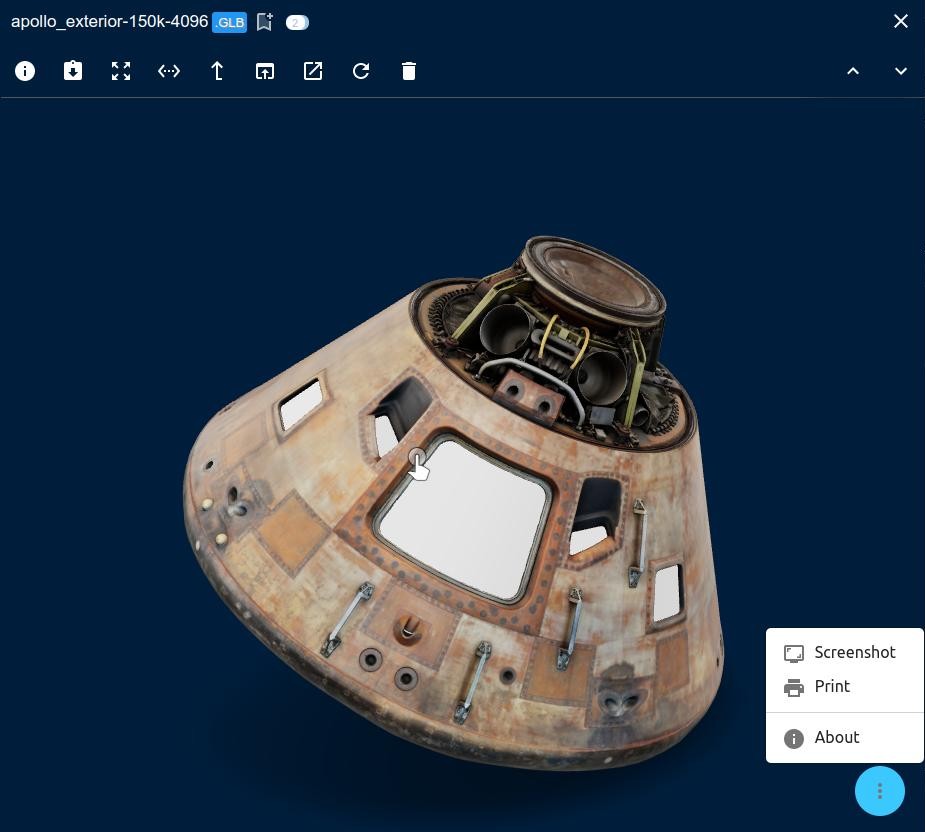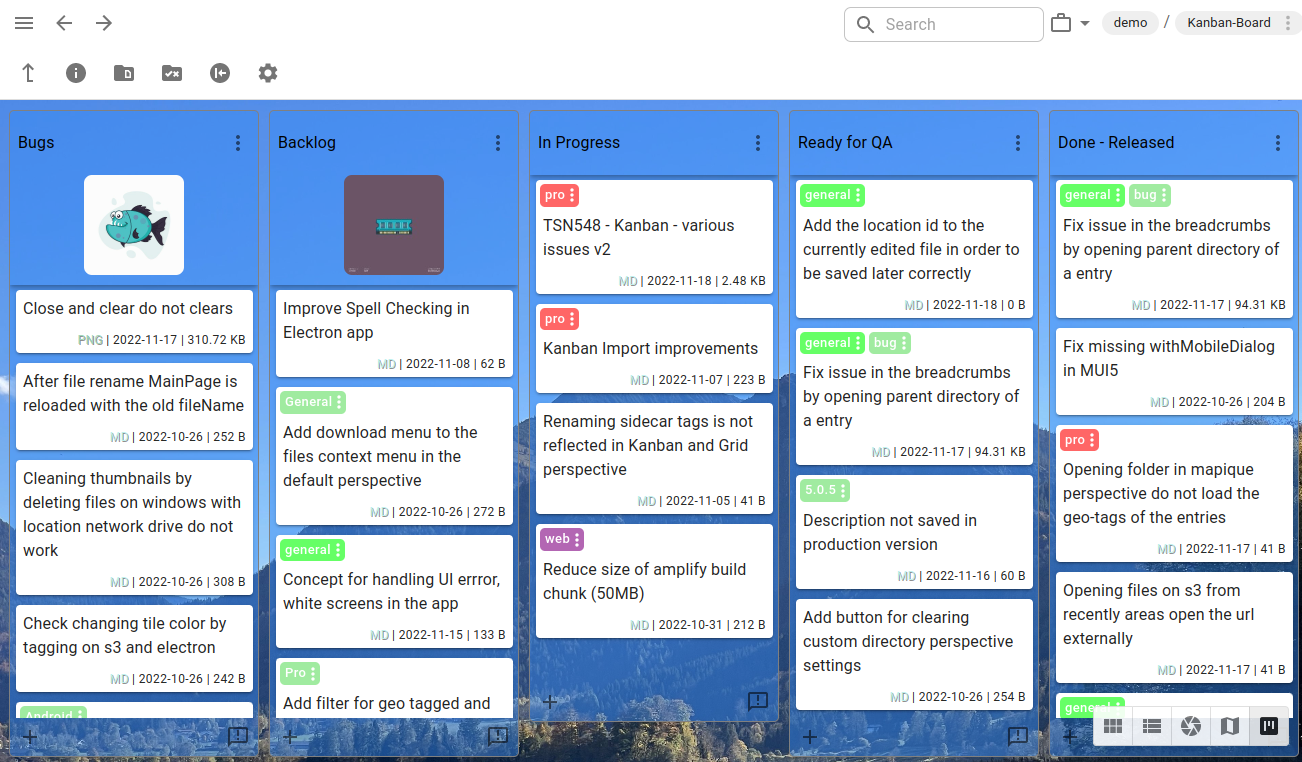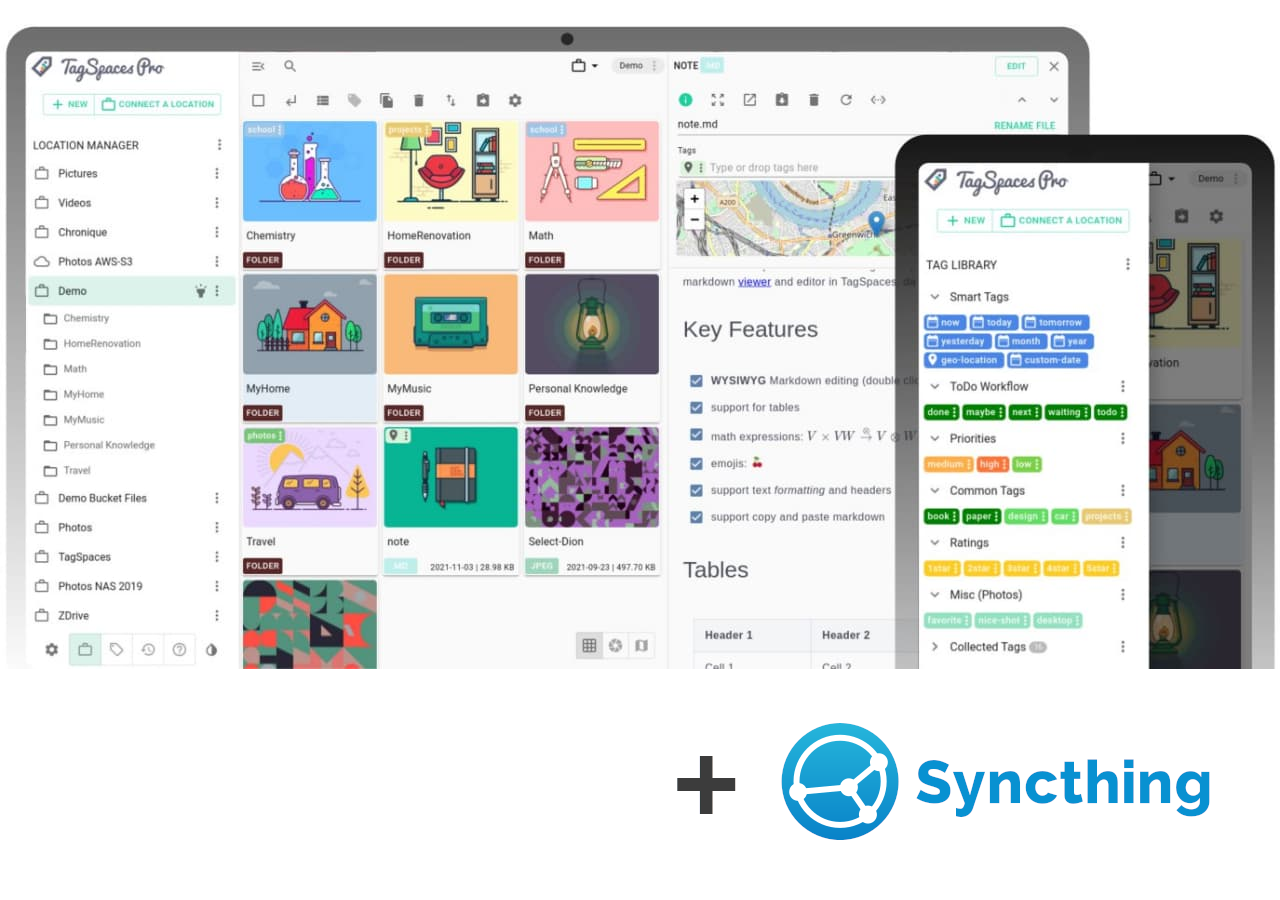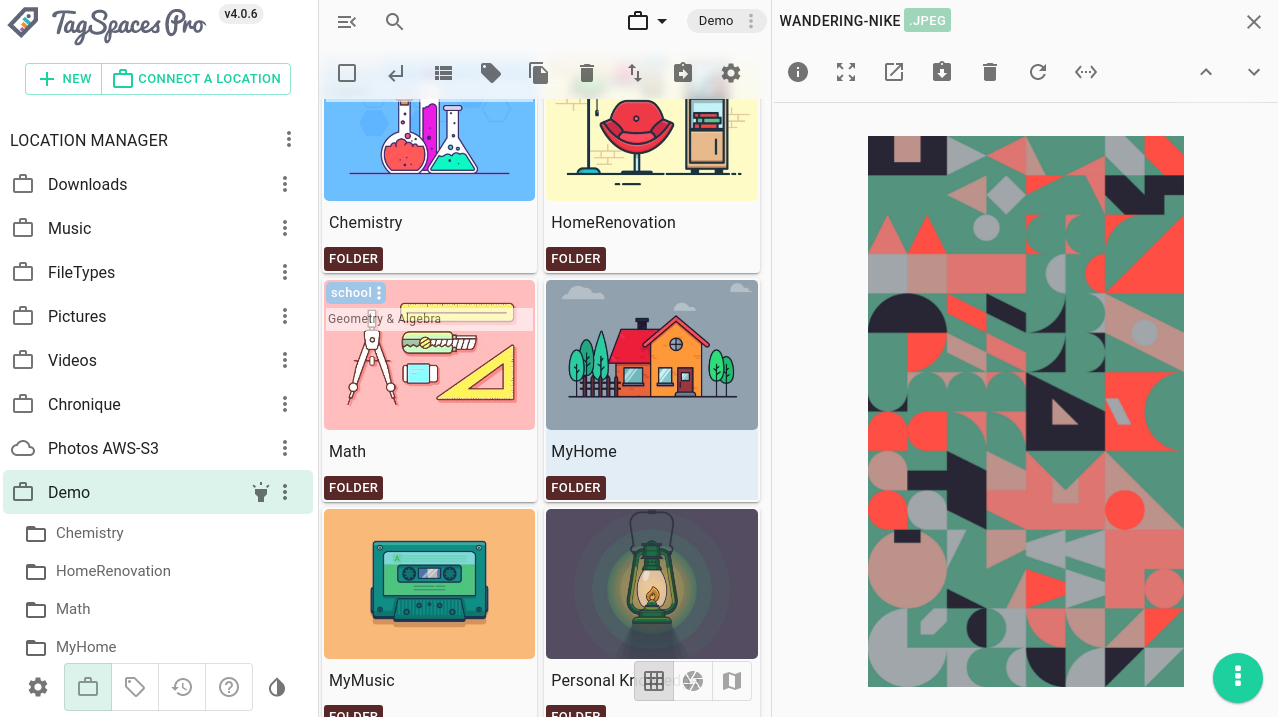What's new in TagSpaces v6.0
We’re excited to announce the release of TagSpaces 6.0, packed with powerful new features and enhancements designed to make your file management smoother and more efficient than ever. Whether you’re a casual user or a TagSpaces Pro, this update delivers innovative tools and improvements that enhance both usability and flexibility across the board. This blog post will cover features introduced in our latest two versions: 5.9 and 6.0. Let’s dive into what’s new!



